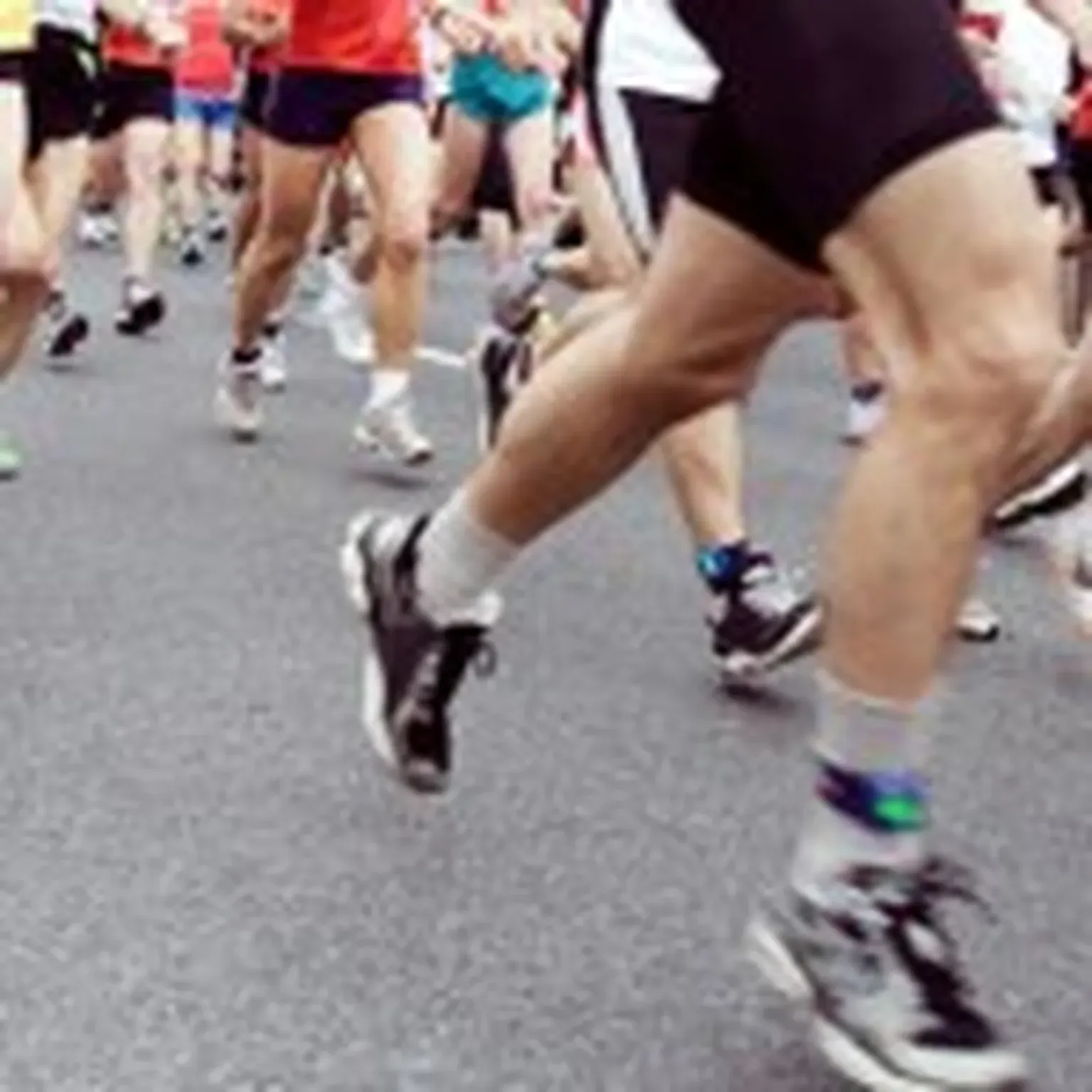Gas Pedal Knee and Runners Knee are the two overuse injuries we see most commonly in our clinic. This week we take a look at what causes them, how they differ from each other, and how to treat them.
What are Overuse Injuries?
Overuse injuries are most common in individuals over the age of 40. They are caused by making a repetitive motion or holding a certain position over an extended period with improper technique or poor alignment. These injuries can cause a variety of different symptoms such as inflammation, pain, or stiffness and make everyday tasks like walking or driving incredibly unpleasant.
Cause and Effect
Gas pedal knee most often occurs in individuals who drive for their job or spend a lot of time behind the wheel. Rather than picking the foot up off the floor and moving the whole leg back and forth between the gas and brake pedals people often get tired and leave their foot on the floor, then they rotate it outwards to hit the gas. Over time, this can cause the foot to point outward when standing or walking which puts pressure on the knee which in turn can cause pain as well as muscular imbalances.
Runners knee is most often caused by poor patella (knee cap) tracking when bending the knee or by overstretching tendons during exercises such as lunges. After a while this can cause the cartilage between the femur and patella to break down, this causes knee pain most noticeably when running, walking upstairs or even at rest.
The Fix
The silver lining to these injuries is that, for most cases, treating them is focused on exercise and changing the offending behavior.
Gas Pedal Knee:
- Be aware of your alignment – whenever you’re standing in line or sloughing through traffic look down and make sure your knees and feet are parallel to each other.
- Increase Flexibility – you need to get the flexibility of your right leg to match your left.
Runners Knee:
- R.I.C.E – rest your knees so they can recover, ice them and use a compression wrap to reduce inflammation and pain, and elevate them when sitting or lying down.
- Build your quad strength – this helps support the knee joint, their surrounding tendons, and muscles.
Working with a physical therapist is the best way to ensure you’re doing the right exercises to fix the issue and can make sure you are doing them properly. If the symptoms persist, there may be something more severe contributing to your knee pain such as osteoarthritis. You should schedule an evaluation for a full diagnosis and learn what the treatment options are.

